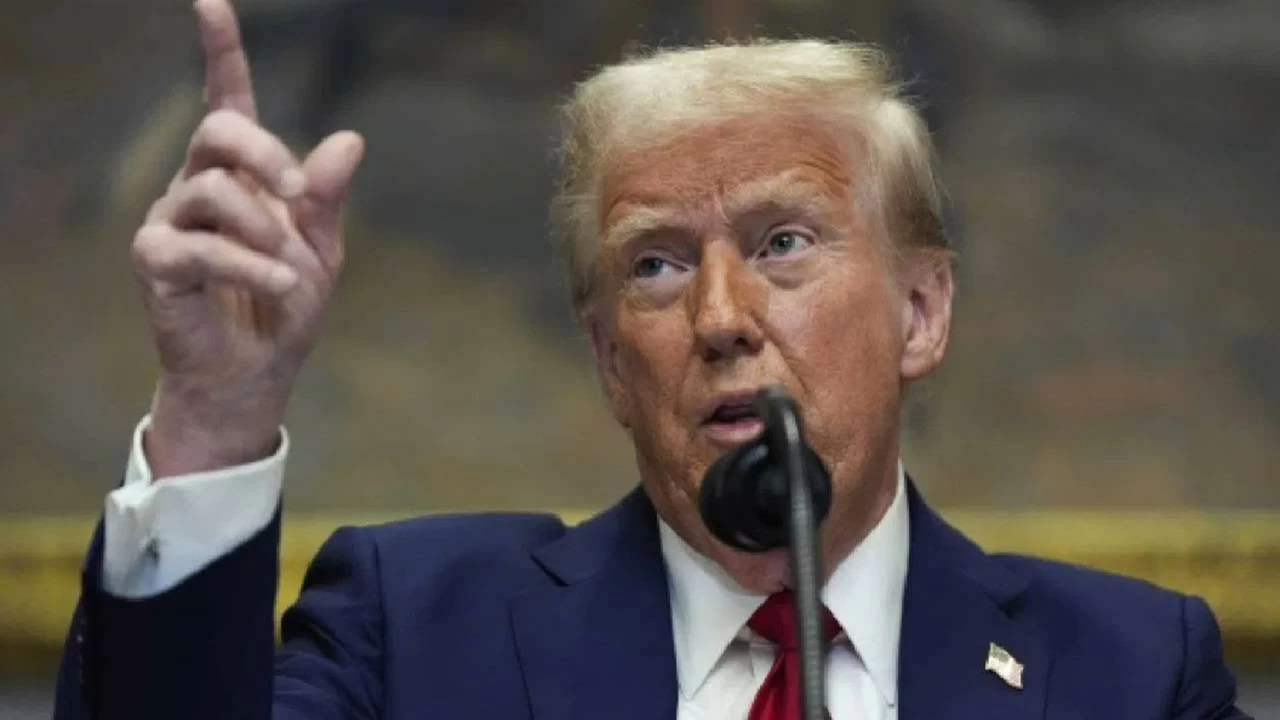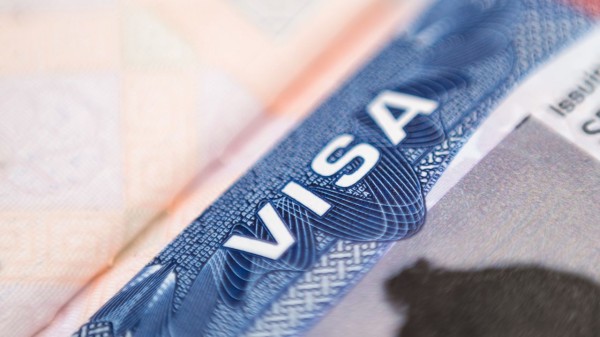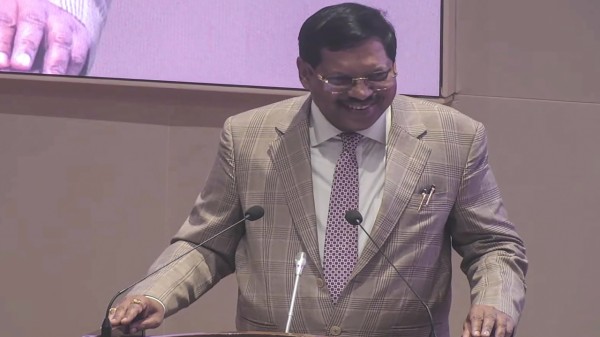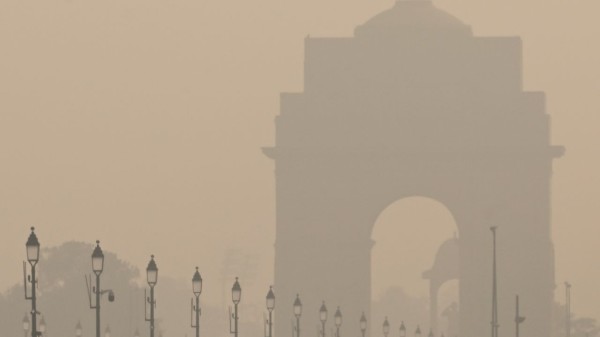

By signing in or creating an account, you agree with Associated Broadcasting Company's Terms & Conditions and Privacy Policy.


By signing in or creating an account, you agree with Associated Broadcasting Company's Terms & Conditions and Privacy Policy.

New Delhi: The trade war is out in the open. On Wednesday, US President Donald Trump imposed an additional 25 per cent tariff on India, raising the total duties to 50 per cent on Indian goods. This was done to punish New Delhi for its oil trade with Russia. The first 25% tariff came into effect on August 7, and the additional 25% duty will become effective from August 27. India and Brazil are now among the countries which are facing the maximum tariffs.
According to industry experts, the 50% tariff slapped by the US will severely impact key Indian export sectors, including leather, chemicals, footwear, gems and jewellery, textiles, auto parts, electronics and marine food (shrimp). Global Trade Research Initiative (GTRI) pointed out that it's expected that the tariffs will make Indian goods far costlier in the US, with exports to the US likely being slashed by 40–50%.
Some experts contended that the steel, chemical, and pharmaceutical industries are likely to also be hit very hard. According to UBS, exports worth $8 billion — mainly gems and jewellery, apparel, textiles, and chemicals — are the most at risk.
Following the new tariffs, the thinktank GTRI stated that organic chemicals' exports to the US will invite an extra 54 per cent duty. The other key sectors which will attract high duties are carpets (52.9 per cent), apparel -- knitted (63.9 per cent), apparel -- woven (60.3 per cent), textiles, made ups (59 per cent), diamonds, gold and products (52.1 per cent), machinery and mechanical appliances (51.3 per cent), furniture, bedding, and mattresses (52.3 per cent).
The sectors likely to be hardest hit by the 50% duty include textiles and clothing ($10.3 billion), gems and jewellery ($12 billion), shrimp ($2.24 billion), leather and footwear ($1.18 billion), chemicals ($2.34 billion), and electrical and mechanical machinery (around $9 billion).
There's also a concern among Indian exporters that the 50% tariff will go a long way in affecting the competitive edge of their products in the US market. This is because the tariff is far higher than those imposed on other countries like Vietnam, Bangladesh, Pakistan, and the Philippines, which face lower duty rates of around 19–20%. India's competitiveness in sectors like apparel, home furnishings, and other labour-intensive goods is expected to take a massive hit. Some traders said that the 50% reciprocal tariff substantially raises costs, putting Indian exporters at a 30–35% competitive disadvantage compared to counterparts from countries facing lower reciprocal tariffs.












